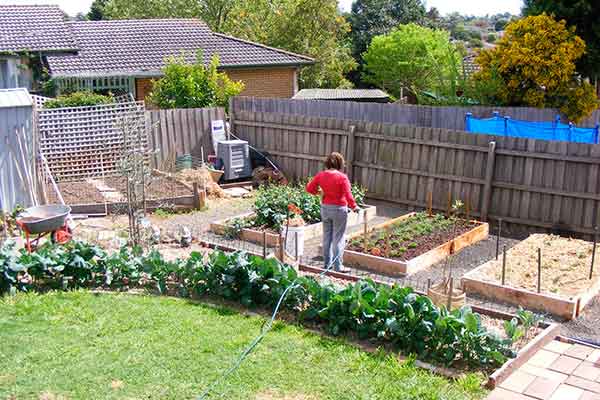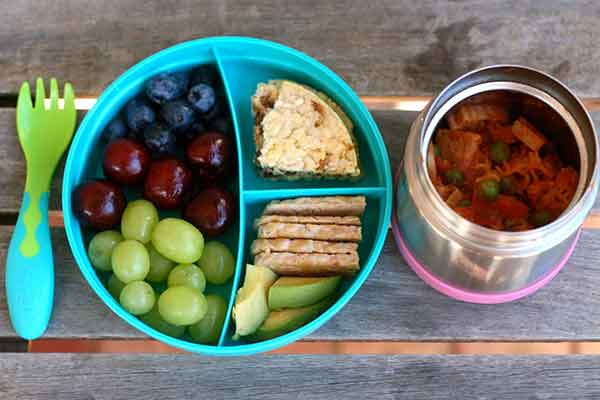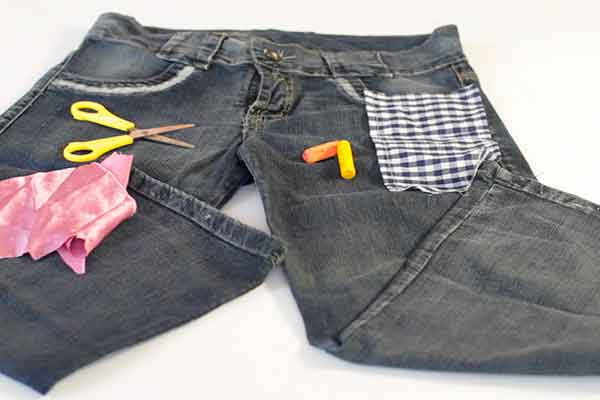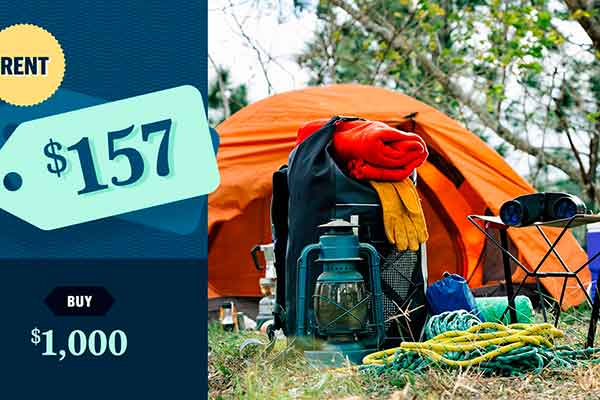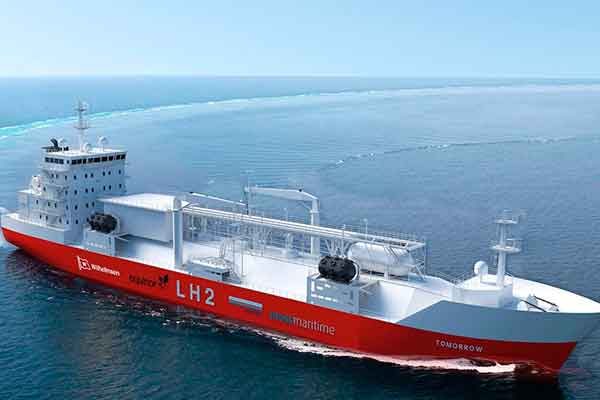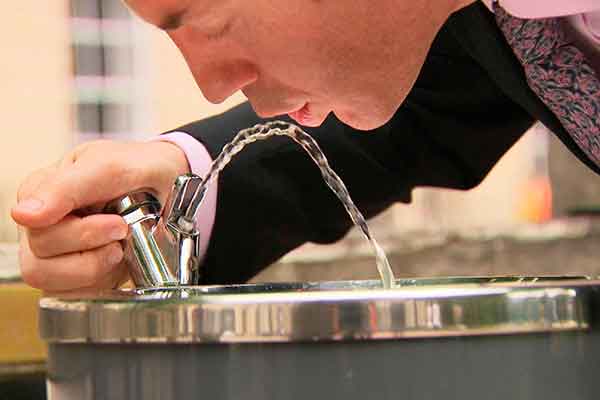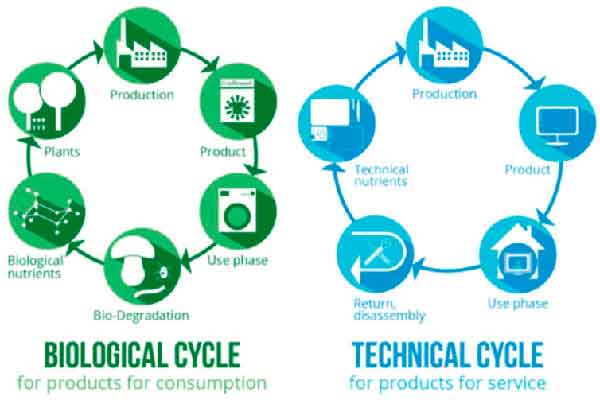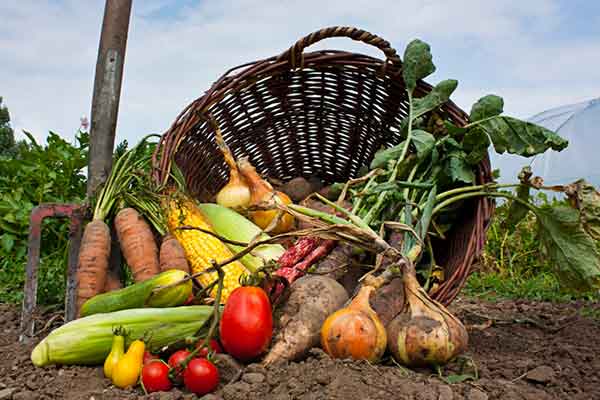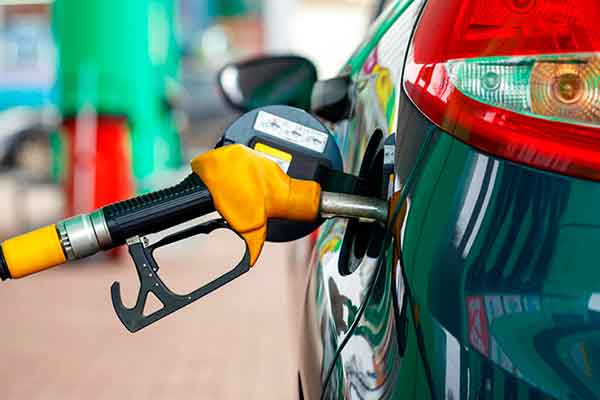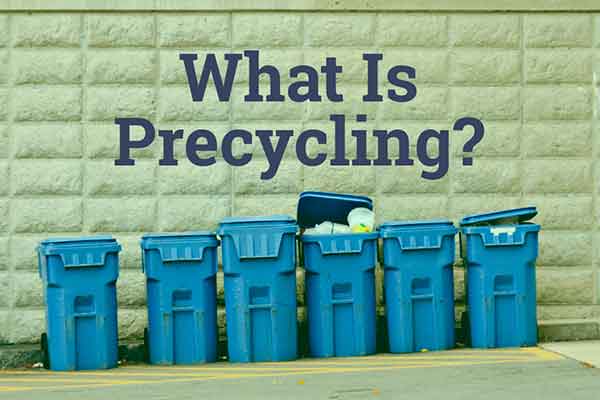Prepared to give your house a top-to-bottom buffing? Begin by focusing your time and efforts on the large items and on the locations that produce the most difference for you: furnishings, home appliances, and carpeting. As soon as you’ve covered these main tasks, you’ll have your house spring-cleaned very quickly like cleaning company Wayland, MA do.
 Clean upholstery and carpets.
Clean upholstery and carpets.
 Clean upholstery and carpets.
Clean upholstery and carpets.Fabrics which have absorbed a new winter’s worth of dust, body essential oil, and germs will require a deep cleansing to get them set for another 12 months of wear-and for that close up examination by your relaxing visitors.
When you’re shampooing cleaning or carpets and rugs or cleaning upholstery with a rented carpeting cleaner, practice first within an unobtrusive area to ensure you have the knack of the device and that the procedure won’t discolor fabrics or trigger dyes to run. Save period by moving furnishings slightly-not out from the room or contrary to the wall just, as the old guidelines dictated-and place the hip and legs of every piece back along with small wax papers squares after shampooing. The wax papers will protect your carpeting and keep carefully the furniture hip and legs from obtaining wet as the carpeting dries. Open the home windows to velocity the drying process, that may take a full day or even more. If you’re not really the furniture-shifting and machine-renting type, ensure it is easy on yourself. Contact a professional carpeting and upholstery cleaner to accomplish the work and get the morning off.
Finish your floors.
To safeguard the floors inside your kitchen area from another 12 months of deterioration, wax or apply a sealer using label directions. The easiest method: Work with a combination wash-and-wax ground cleaner. Don’t sense guilty about preserving time!
No-wax floors don’t require a polishing treatment, but an intermittent makeover shall keep them looking fresher-and put in a protective buffer which could help them go longer. Use a ground cleaner that cleans, shines, or both. It’s far better follow label instructions for proper usage of each product. In case you have wood flooring, move furnishings and rugs aside, after that apply a solid wood cleaner and either liquid or paste polish to completely clean and put in a new wax coating.
Wash walls, cupboards, baseboards, and woodwork.
The walls might not look as if they want a bath-after all, dust and soot drop to the ground, right? Many of it can, but sufficient clings to vertical areas to warrant a seasonal or preholiday bath. Work with a sponge and hands dishwashing detergent, cleaning the top in sections. A sponge mop helps it be better to reach higher places. Make use of two buckets: one for dishwashing detergent answer and another for wringing your sponge. Dry the woodwork and wall space with a clean cloth.
Clean ceiling fixtures.
Remove dirt and dirt from fans and air-conditioner vents with a new cloth and vacuum pressure with a new soft nozzle attachment.
Clean your gentle fixtures.
A couple of minutes with a stepladder, all-purpose cleaner, a sponge, and a polish cloth gives new light to your daily life. If your house has skylights or high ceilings, consider purchasing a stepladder and extended-achieve dust-and-dirt-removal tools, which are obtainable at your neighborhood hardware shop and at home-and janitorial-supply stores.

